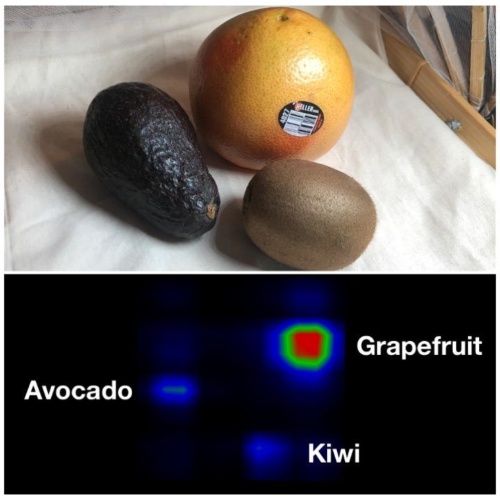Known as Capacitivo, the prototype sensing device features a 12 x 12 grid of diamond-shaped electrodes made from conductive fabric attached to a cotton substrate. When an object is placed on top of the smart fabric, the system detects changes in charge caused by the electrical field of the object. This information is then cross-referenced with data stored in the system using machine learning.
In the study, which was presented at the ACM Symposium on User Interface Software and Technology (UIST 2020), Capacitivo achieved 94.5 per cent accuracy when tested on 20 different objects of varying shape, size and material. According to the researchers, the smart fabric could be used to locate lost items around the home, such as a book or a pair of spectacles.
"This research has the potential to change the way people interact with computing through everyday soft objects made of fabrics," said Xing-Dong Yang, an assistant professor of computer science at Dartmouth and senior researcher for the study.
Previous work on this type of capacitive identification has focused on metallic objects. Capacitivo’s ability to recognise non-metallic objects including food, liquids, plastic, and paper makes the system unique, claim the researchers.

"Being able to sense non-metallic objects is a breakthrough for smart fabrics because it allows users to interact with a wide variety of everyday items in entirely new ways," said lead author Te-Yen Wu, a PhD student at Dartmouth.
According to the team, the smart fabric is particularly accurate at distinguishing between different fruits, such as kiwis and avocados. It is also able to gauge the level in a liquid container, which could be used to provide notifications when plants need to be watered, for example. In a separate study, the system was able to distinguish between different types of liquids such as water, milk, cider and soft drinks.




Red Bull makes hydrogen fuel cell play with AVL
Formula 1 is an anachronistic anomaly where its only cutting edge is in engine development. The rules prohibit any real innovation and there would be...